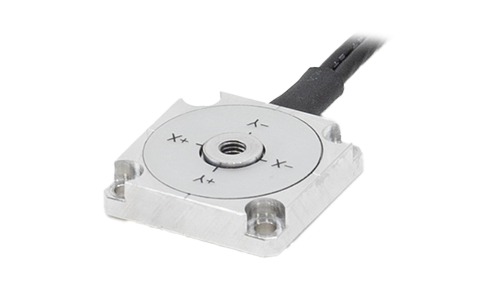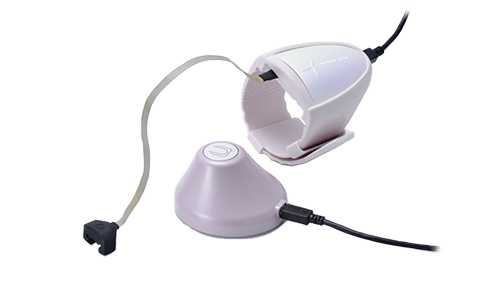Cognitive Science/Neuroscience/VR
-
Human Information Processing
Humans receive information through the five senses, transmit it via the nervous system, and process it in the brain. The brain interprets these signals, integrates them with individual experience and motivation, and issues commands that result in responses and physical actions. How do humans use these sensory channels, and how do they perceive and react to the world around them?
-
Visual Information and Movement
Among the five senses, vision provides by far the greatest amount of information. Research exploring how visual input influences human movement and motor control often utilizes Tech Gihan’s force sensors, force plates, tactile devices, and treadmills. For example: Studies examining how visual cues affect force exertion use our force sensors to measure differences in grip or applied force when handling objects that look heavy versus those that look light. Experiments using VR headsets analyze how visual stimuli affect balance by measuring center-of-gravity sway with our force plates. Our treadmill systems can be synchronized with VR visual stimuli or projection-based displays, enabling studies on how gait changes under visual perturbations or immersive virtual environments. Through these integrated systems, researchers can quantitatively evaluate the interaction between visual perception and motor function.
-
Various Forms of Sensory Discrimination
How precisely can humans distinguish subtle differences in sensation? Tech Gihan also designs and manufactures customized evaluation systems for studying sensory discrimination and perception thresholds. For instance, in tactile discrimination experiments, we have developed specialized devices that can control tactile stimuli in terms of force, timing, and spatial distribution, allowing detailed analysis of how the human nervous system perceives touch.
-

- Force Sensor / Amplifier / Interface
- Basic force measuring instruments including one of the world's smallest class of 3-axis force sensors.
-

- Force Plate
- 6 force components measuring platform that can be used for the measurement of walking, running or standing-up motion.
-

- Tactile & Texture Measurement
- Tactile and texture evaluations using our force or vibration measuring instruments.
